New WHO-endorsed spatial mosquito repellent sheets reduces malaria risk by 50%, finds study
Sun 31 Aug 2025, 00:36:40
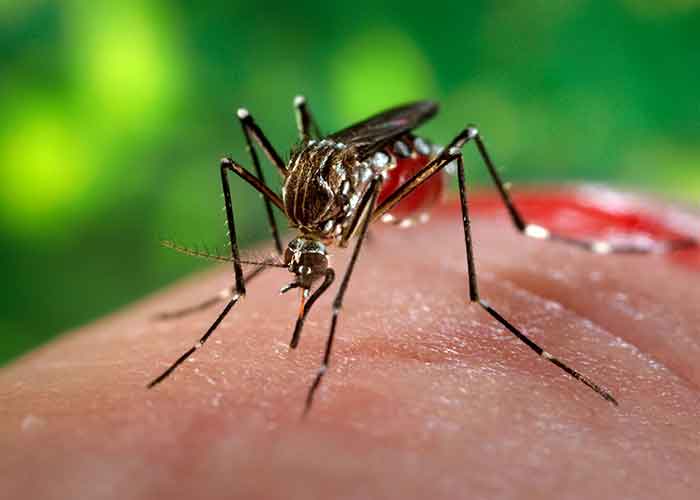
Malaria, dengue and other mosquito borne diseases led to several thousand deaths every year. There was no cure for the disease other than certain vaccines. However, scientists have now developed a new line of defence, spatial repellent sheets that emit mosquito-deterring vapours.
This new mosquito repellent is endorsed by the World Health Organisation (WHO). A recent study published in eBioMedicine, a part of The Lancet group, said that these mosquito repellents can reduce mosquito bites by more than 50 per cent.
For the study, the researchers analysed 1.7 million mosquitoes for more than 25 years. This is the first significant innovation in controlling mosquito-borne diseases in more than four decades. The study was titled “Volatile Pyrethroid Spatial Repellents for Preventing Mosquito Bites”.
How Spatial Repellents Work to Protect Against Malaria, Dengue, and Zika?
Spatial repellents are lightweight paper-like devices that release pyrethroid-based chemicals into the air that keeps away mosquitoes. These are not like the usual topical lotions or coils and hence, don’t need direct skin application, heat or electricity.
These repellents are roughly the size of a paper and they give you protection for up to a year against mosquitoes that carry malaria, dengue, Zika, yellow fever, and West Nile
virus.
virus.
Study Finds Mosquito Bites Reduced by Over 50% With Repellent Sheets
The scientists found that spatial repellents reduced mosquito bites by 50 per cent. Certain trials have also recorded up to 75 per cent effectiveness against Anopheles arabiensis which is one of the most dangerous malaria-carrying species.
However, the studies found that the repellents worked both indoors and outdoors, thereby, offering more versatility than bed nets or insecticide sprays.
Safe, Affordable, and Effective: The Future of Mosquito-Borne Disease Prevention
Compared to the existing mosquito repellents, spatial repellents are more accessible and available round the clock. Researchers say that these spatial repellents are safe to be used at home and in public spaces. The vapours released by these repellents are similar to those used in WHO-approved bed nets, which have a well-documented safety profile.
The study authors said, “These are lightweight, affordable, and easy to use—ideal for both rural and urban settings.”
According to a report in Business Standard, adoption of spatial repellents is expected to accelerate in high-burden regions across Africa, South America, and Southeast Asia, where vector-borne diseases remain a leading cause of death because WHO endorsement is now confirmed.
No Comments For This Post, Be first to write a Comment.
Most viewed from Health
AIMIM News
Latest Urdu News
Most Viewed
May 26, 2020
Can Lionel Messi's visit boost Indian football?
Latest Videos View All
Like Us
Home
About Us
Advertise With Us
All Polls
Epaper Archives
Privacy Policy
Contact Us
Download Etemaad App
© 2025 Etemaad Daily News, All Rights Reserved.

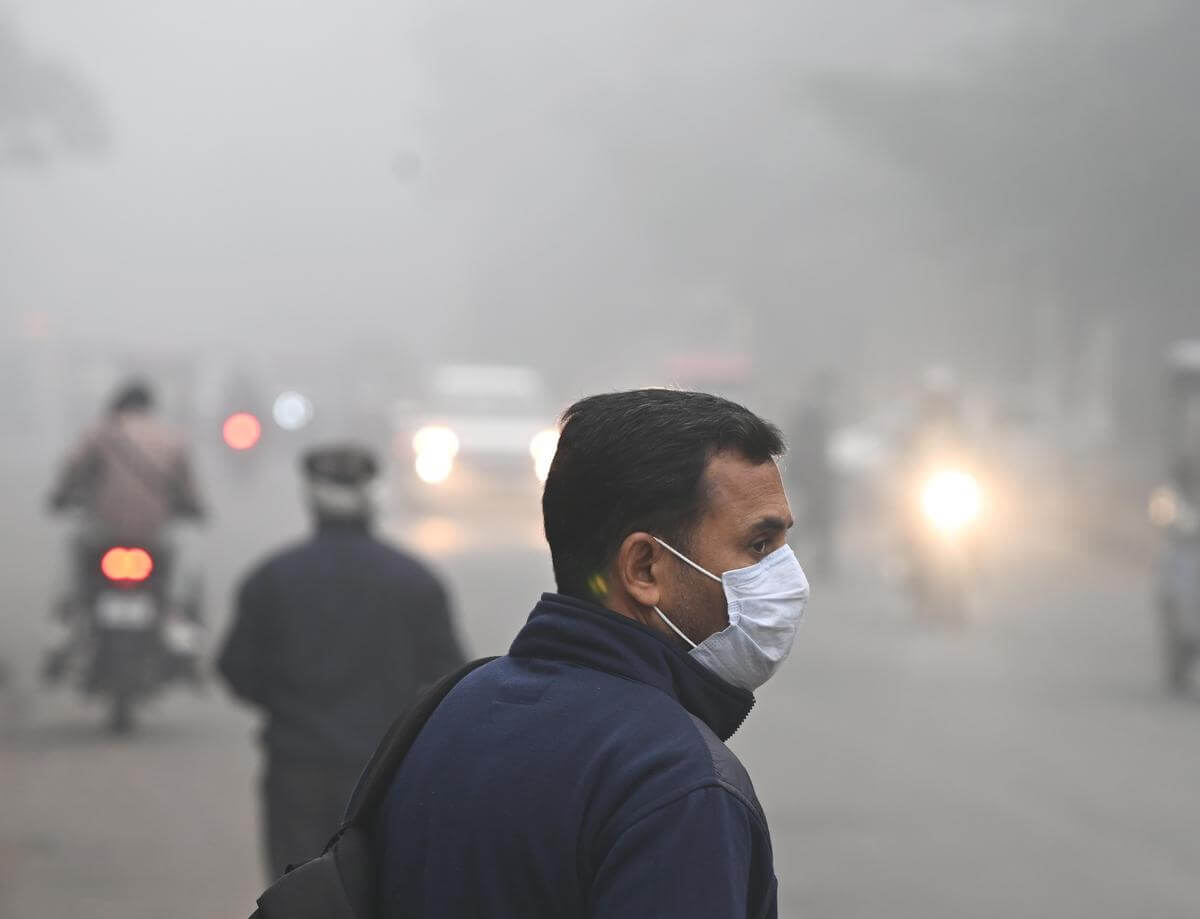


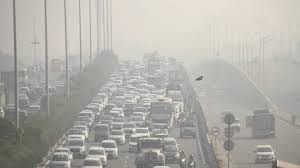
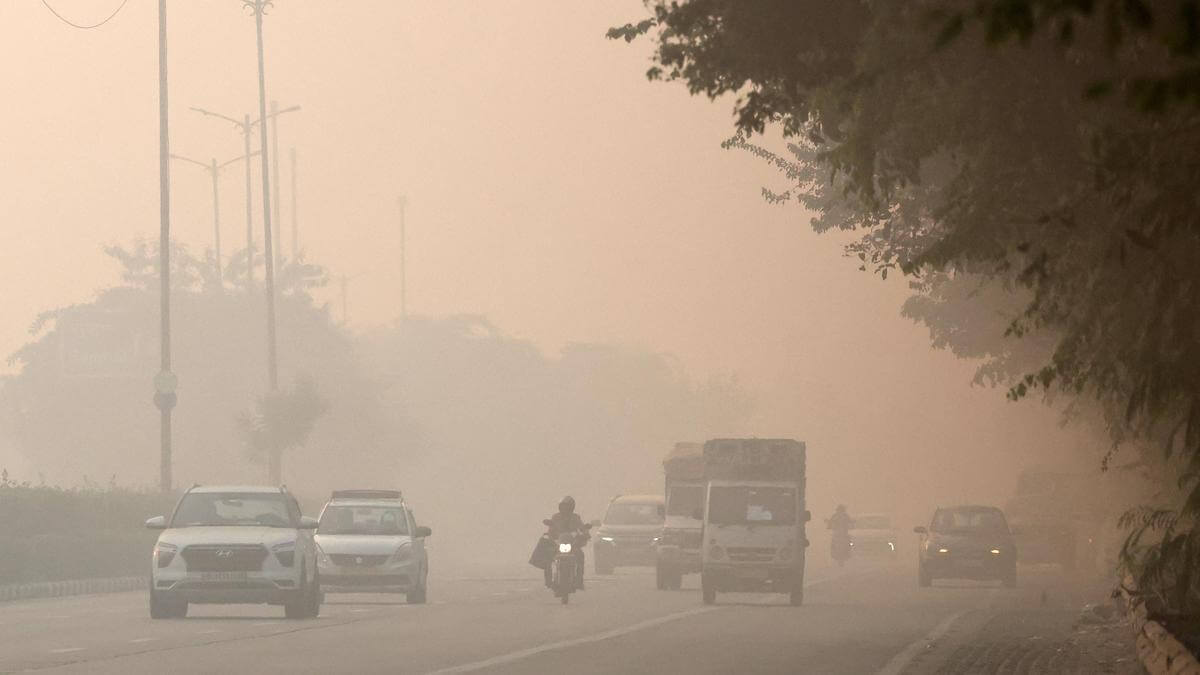






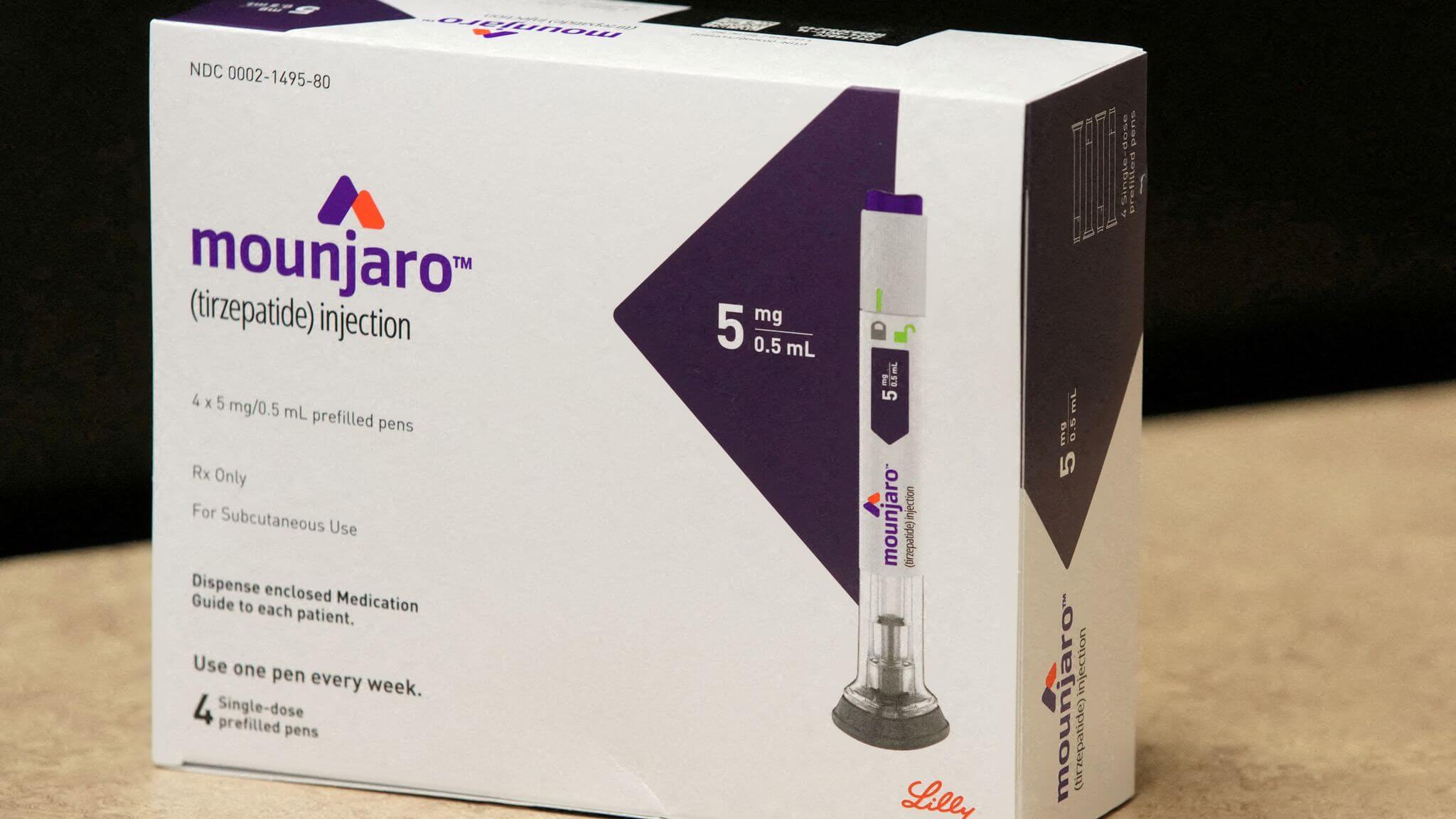












.jpg)
.jpg)
.jpg)


